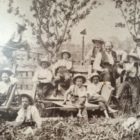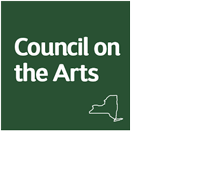Like Mother Ann Lee, the founder of Shakerism, Rebecca was prone to prophetic visions. They began when she was six years old. These dreams and visions came to her often throughout her life. Also like Mother Ann, Rebecca abandoned her marriage to practice celibacy and to focus on her spiritual beliefs.

Rebecca traveled throughout the northeast on a preaching tour. While on one of these journeys, she was invited to observe Shaker worship. She was inspired by them and joined the community in 1847. Shakers welcomed African Americans into their community as early as 1790 and there is strong evidence that they helped fugitive slaves escape to freedom. One journal entry refers to Rebecca joining a Shaker elder to assist a fugitive slave as he fled to Canada.
The Shaker daily routine was regimented, and Rebecca became disenchanted with the strict hierarchy of authority in the Shaker community. She left and rejoined the community several times, traveling between Watervliet and Philadelphia. Rebecca began to preach Shaker doctrine from her home in Philadelphia without the approval of the Shaker elders. She was eventually given permission to establish a sister community there, which operated under the auspices of the Watervliet community. It was the only urban Shaker family group to be established and it consisted of a mixed race group of women and men who worked as domestic servants to sustain themselves financially. Little is known about this Shaker family but it appears to have been active into the first decade of the 20th century.








